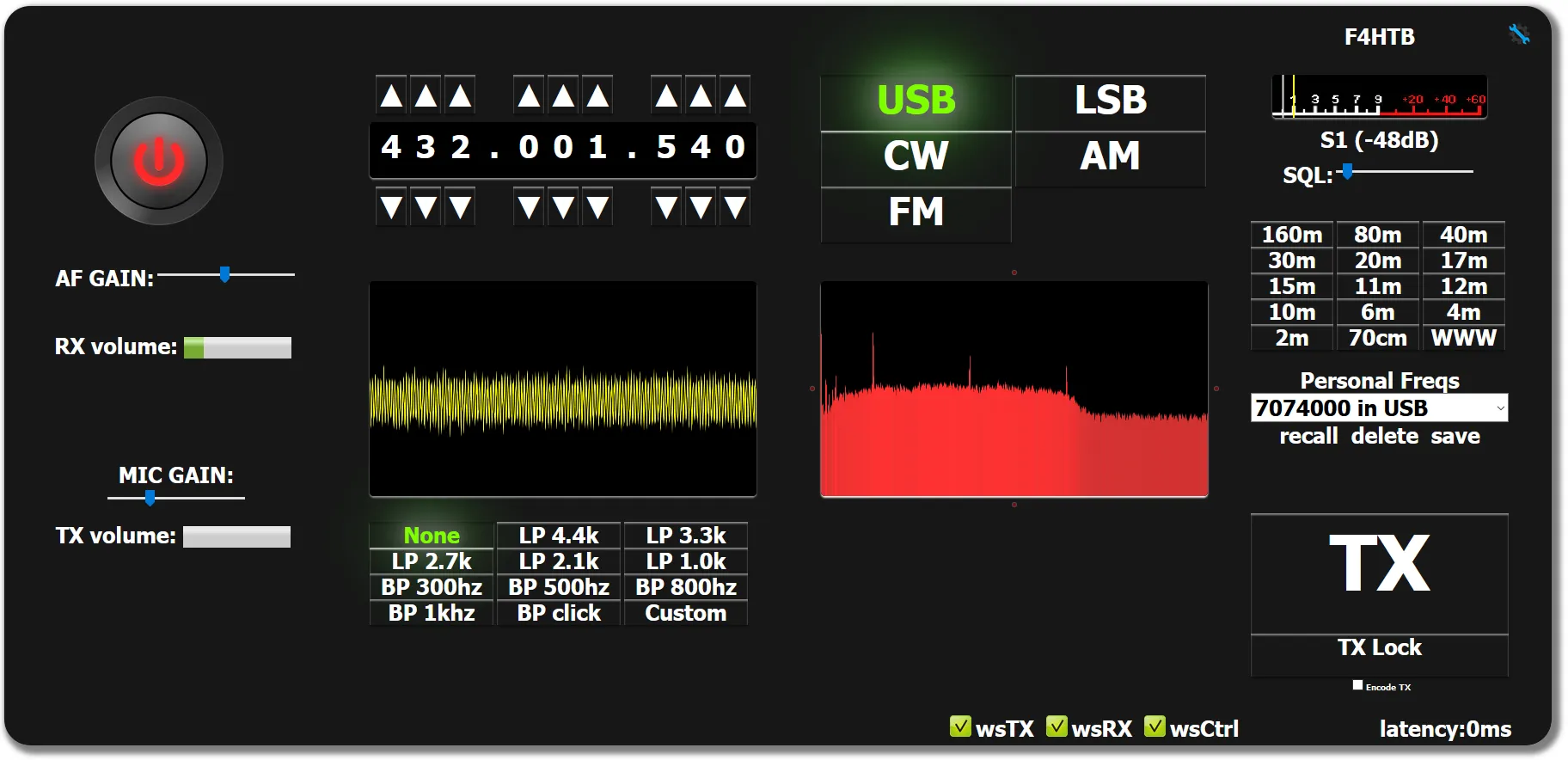Exploring Malware Analysis Using Open-Source Software: A Comprehensive Guide
Malware analysis is a critical aspect of cybersecurity, allowing security professionals to understand the behavior, functionality, and impact of malicious software. While commercial malware analysis tools are available, open-source software provides cost-effective alternatives for conducting malware analysis. In this comprehensive guide, we will explore malware analysis using open-source software on Ubuntu, covering tools, methodologies, and practical techniques.
Understanding Malware Analysis
Malware analysis involves dissecting and examining malicious software to gain insights into its functionality, purpose, and potential impact. There are several types of malware analysis, including:
- Static Analysis: Examining the characteristics of malware without executing it, such as analyzing file headers, strings, and metadata.
- Dynamic Analysis: Executing malware in a controlled environment (sandbox) to observe its behavior, interactions, and network activities.
- Behavioral Analysis: Observing the actions and behaviors of malware during execution, such as file system modifications, registry changes, and network communications.
- Code Analysis: Analyzing the underlying code and logic of malware to understand its functionality, algorithms, and potential vulnerabilities.
Open-Source Tools for Malware Analysis on Ubuntu
Ubuntu, a popular Linux distribution, provides a robust platform for malware analysis due to its stability, security features, and extensive package repositories. Here are some open-source tools commonly used for malware analysis on Ubuntu:
- Static Analysis Tools:
- PEiD: Detects common packers and compilers used in Windows executable files.
- Radare2: A powerful reverse engineering framework for analyzing binary files, including executables, libraries, and firmware.
- Dynamic Analysis Tools:
- Cuckoo Sandbox: An automated malware analysis platform that executes malware in a controlled environment and monitors its behavior.
- Docker: Containerization technology that provides lightweight, isolated environments for running malware samples without affecting the host system.
- Network Analysis Tools:
- Wireshark: A popular network protocol analyzer for capturing and analyzing network traffic generated by malware.
- Bro (Zeek): A powerful network security monitoring tool that provides real-time analysis of network traffic and protocol detection.
- Behavioral Analysis Tools:
- Volatility: A memory forensics framework for analyzing volatile memory (RAM) to extract information about running processes, network connections, and loaded modules.
- Sysinternals Suite (Wine): A collection of Windows utilities that can be run on Ubuntu using Wine, including Process Monitor, Autoruns, and Tcpview.
Malware Analysis Methodology on Ubuntu
Step 1: Obtain Malware Samples
Obtain malware samples from trusted sources or repositories for analysis. Exercise caution and ensure proper handling and containment to prevent accidental infections.
Step 2: Static Analysis
- Use static analysis tools like PEiD and Radare2 to examine the structure, attributes, and metadata of malware files.
- Identify characteristics such as file headers, import/export functions, embedded resources, and obfuscation techniques.
Step 3: Dynamic Analysis
- Set up a Cuckoo Sandbox environment on Ubuntu to automate malware analysis tasks.
- Configure Cuckoo Sandbox to execute malware samples in isolated environments and monitor their behavior.
- Analyze generated reports, including network traffic, file system modifications, process activity, and registry changes.
Step 4: Network Analysis
- Capture and analyze network traffic using tools like Wireshark and Bro to observe malware communications and command-and-control (C2) activities.
- Identify indicators of compromise (IOCs), such as IP addresses, domains, and network protocols associated with malware.
Step 5: Behavioral Analysis
- Use memory forensics tools like Volatility to analyze volatile memory (RAM) for artifacts and evidence of malware activity.
- Extract information about running processes, open network connections, loaded modules, and system state from memory dumps.
Step 6: Code Analysis
- Reverse engineer malware using tools like Radare2 to analyze its underlying code, algorithms, and functionality.
- Disassemble and decompile malware binaries to understand their logic, control flow, and anti-analysis techniques.
Practical Techniques for Malware Analysis on Ubuntu
- Isolation: Conduct malware analysis in isolated environments, such as virtual machines or containers, to prevent unintended consequences and contamination.
- Monitoring: Monitor system resources, network traffic, and process activity during malware analysis to detect anomalies and suspicious behavior.
- Documentation: Document analysis findings, observations, and IOCs in detailed reports for future reference and knowledge sharing.
- Collaboration: Engage with the cybersecurity community, participate in forums, and share insights and findings to enhance collective knowledge and expertise.
Conclusion
Malware analysis using open-source software on Ubuntu provides a cost-effective and powerful approach to understanding and combating malicious software. By leveraging a combination of static analysis, dynamic analysis, network analysis, behavioral analysis, and code analysis techniques, security professionals can gain valuable insights into malware behavior, tactics, and techniques. By following best practices and utilizing open-source tools, organizations can enhance their cybersecurity defenses and protect against evolving threats in today’s digital landscape.





Post Comment